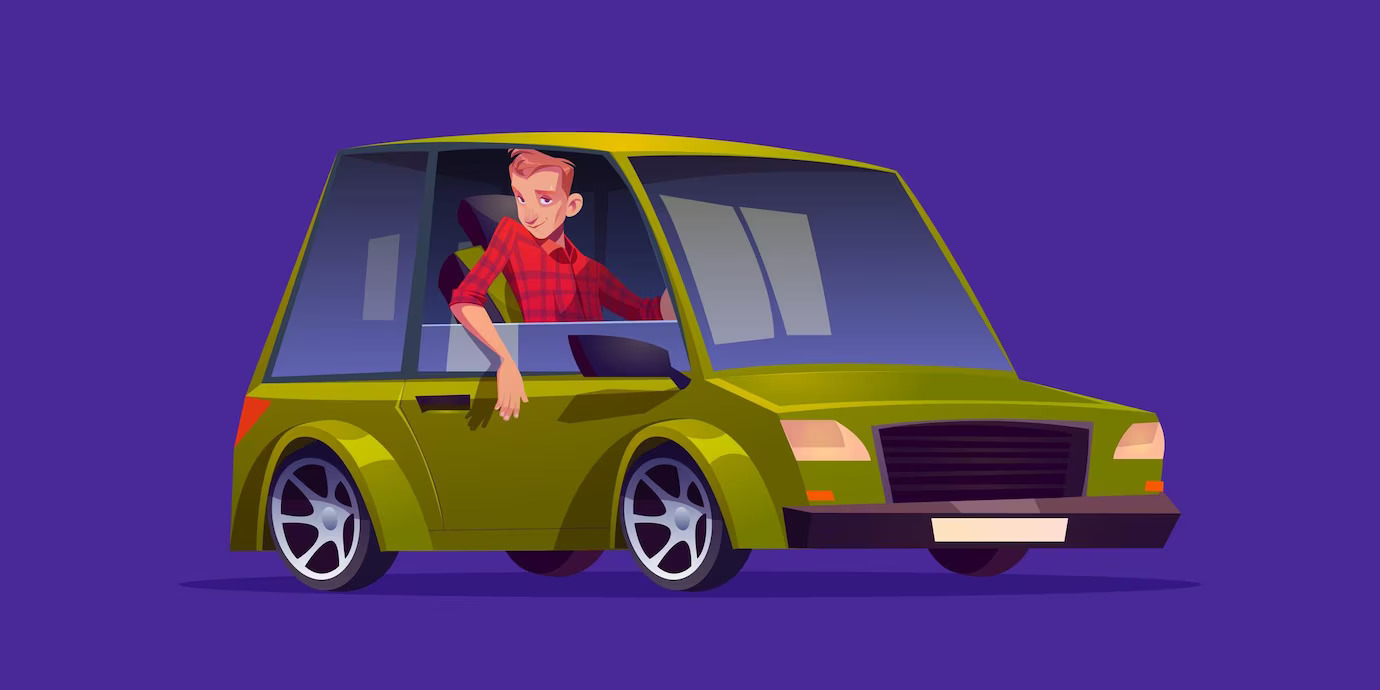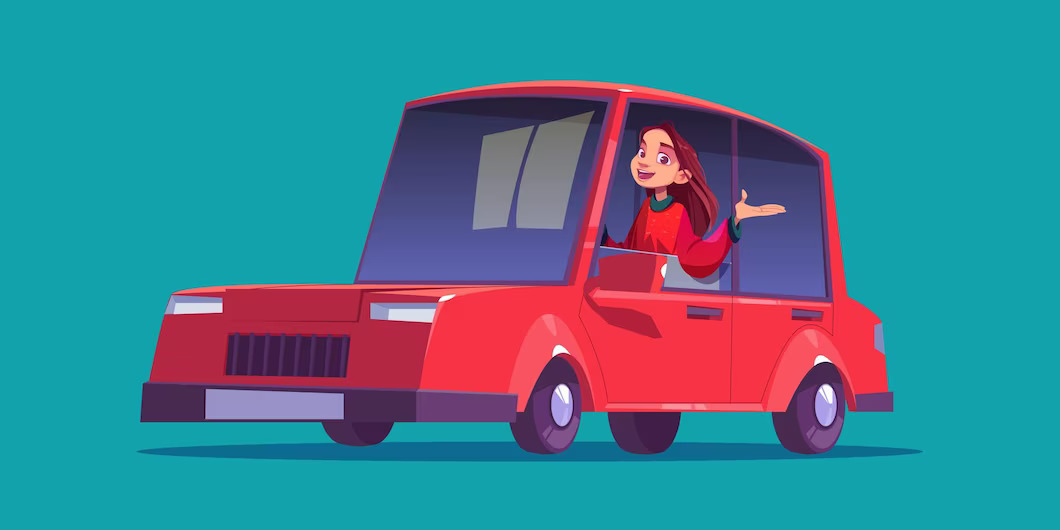The Most Common Mistakes Teen Drivers Make
Driving is a big responsibility, and teenagers often make mistakes when they first get behind the wheel. These mistakes can cause serious accidents, so it’s important for parents to understand the most common mistakes teen drivers make so they can help their children avoid them.
The Most Common Mistakes Teen Drivers Make
One of the most dangerous mistakes teens make is speeding, which is why many parents use teen tracking devices while they drive. Teaching them not to speed can help decrease their risk of a crash.
Speeding
Driving is a huge milestone for teens, but it can also be dangerous. If a teen is not careful, they can cause a serious car accident. This could result in costly medical bills and care, as well as personal injury and civil claims.
One of the most common mistakes teen drivers make when they are learning to drive is speeding. The most important thing to remember when driving is to always stay within the speed limit.
Speeding is a leading factor in many traffic accidents, and it can lead to severe injuries and fatalities. This is because when you are speeding, you have less time to react to events on the road. You also have less time to see if there are any hazards or potential dangers in front of you.
Even a few seconds can change the outcome of an accident. That’s why it is so important to always stay in the right lane and keep your eyes on the road at all times.
Another mistake teen drivers make when they are learning to drive is ignoring their seatbelts. This is one of the worst things a teen can do because it can lead to serious injury or death.
Finally, teen drivers can also fail to check their mirrors when changing lanes. This is a major violation that can lead to points on their license.
There are a few things that parents can do to prevent their teens from making these mistakes. These include holding up on buying them a new car, making sure they are involved in the learning-to-drive process, and being a good role model. These will all help them learn to drive safely and avoid making any of these mistakes in the future.
Texting While Driving
Texting and driving is one of the most common and deadly forms of distracted driving. It causes more car accidents than any other form of driver distraction. According to the National Highway Traffic Safety Administration, an estimated 40,000 people die in crashes involving distracted drivers each year.
Teens are more likely than adults to engage in texting while driving, especially when it comes to sending and receiving messages. In fact, teens are 1.6 times as likely to read a text message while driving and nearly twice as likely to type or send a message.
This is why so many states have enacted laws banning texting while driving. These laws can make a big difference in reducing crashes and fatalities.
Some of these laws even include a ban on talking and texting on hand-held devices, such as cell phones. This means that if your teen does use a hand-held device while driving, they can be charged with a violation of the state law.
In addition, it can also affect your teen’s driving record. In some states, violating the texting while driving law can result in points on their driver’s license.
The best way to protect your teen from distracted driving is by making sure they are educated about it. This can be done by talking with them about the dangers of distraction and setting up consequences for them if they choose to engage in it.
In addition, you can set a good example by not using your cell phone while driving. Not only does this make a big difference in your teen’s ability to stay safe on the road, but it can also help to lower your own risk for a crash and injury.
Not Using Seatbelts
Not using seatbelts is one of the most common mistakes teen drivers make, and it’s also a major cause of fatal car accidents. This is why it’s so important to teach your teen to use their seat belt on every trip, as well as model safe driving behavior by always wearing one when they are behind the wheel themselves.
In fact, most vehicles made within the last two decades have seat belt alarms that remind you to buckle up when you are in a crash. However, many drivers don’t even know they are required to wear seat belts on a regular basis.
According to NHTSA, nearly half of the fatally injured passengers in motor vehicle crashes weren’t wearing their seat belts at the time of their accident. Fortunately, the number of fatalities has been on the decline over the years thanks to increased awareness and seat belt campaigns.
It’s especially true for teens who are new to the road, as they don’t have the experience to recognize when a crash is occurring. As a result, they may underestimate the force of an accident and be more likely to get into it.
Additionally, if your teen has friends riding in the back of the vehicle with them, it’s crucial to enforce continuous seatbelt use by everyone in the car. This is because the force of an accident travels throughout the entire vehicle, not just the front.
Moreover, seat belts work with airbags to protect the occupants of the vehicle in an accident. During an accident, the sensors in your car detect the impact and send signals to the airbags to inflate.
Not Changing Lanes Safely
Changing lanes safely is the key to keeping yourself and other drivers safe on the road. Whether you’re just learning to drive or are an experienced driver, it’s important that you know the right way to do things so you can avoid getting into accidents and other trouble on the road.
One of the most common mistakes new drivers make when it comes to lane changes is not waiting until there’s a gap in traffic before moving into the lane. Waiting until the lane is free allows you to change lanes safely and smoothly without risking a crash.
It is also important to leave enough room in front of you when changing lanes to allow other vehicles to stop in their lane. This is especially true if you’re in front of a truck or motorcycle.
If you aren’t sure whether there is enough space for a car to stop in your lane, check out your rearview mirror or look in the mirror of the vehicle in the adjacent lane. This will give you a good idea of how much space is available for your lane change.
When lane changing, it is important to always signal your intent at least 3 to 5 seconds before you move into the lane. This will alert other drivers to your intention and help prevent other drivers from cutting you off.
It’s also a good idea to always make sure you can see the lane behind you before making a lane change, especially if you’re in front of plows or other large trucks. Leaving too little space for other vehicles when you change lanes can be dangerous and can cause rear-end collisions.
Not Checking Mirrors
Mirrors are one of the most important visual driving aids. They help you observe what is going on around your vehicle and can alert you to dangerous situations that could cause you to crash.
You should check your mirrors as often as possible – every five seconds or so is recommended. This is especially important if you are carrying out a driving maneuver or driving quickly on the road.
For example, when you’re changing lanes you should check your left and right side mirrors as well as your rearview mirror to ensure you know what other vehicles are in your path. You also should look at your vehicle’s blind spot to make sure you can see everything that is coming towards you.
The driving test examiner will expect you to check your mirrors regularly to ensure you can keep up with events all around your vehicle. This is particularly important when you’re carrying out a driving maneuver, as it can make the difference between passing and failing the test.
Not checking your mirrors can lead to dangerous mistakes such as braking harshly without checking who’s behind you, swapping lanes unsafely, and riding in other people’s blind spots. In all of these scenarios, you can be seriously injured or killed.
While there are plenty of things that can go wrong when you’re driving, not checking your mirrors is one of the biggest and most common errors. It can be dangerous for other drivers and pedestrians, and it can even raise your insurance rates significantly.


















